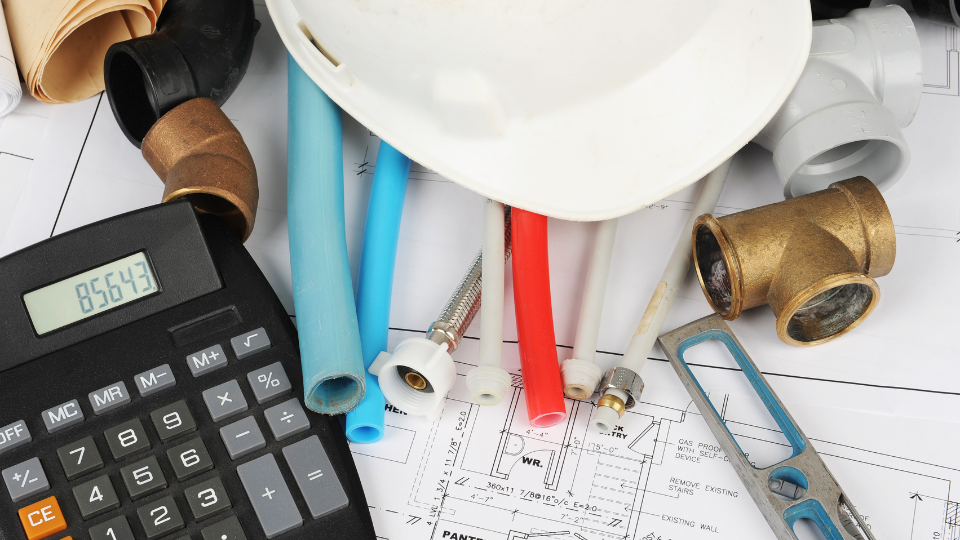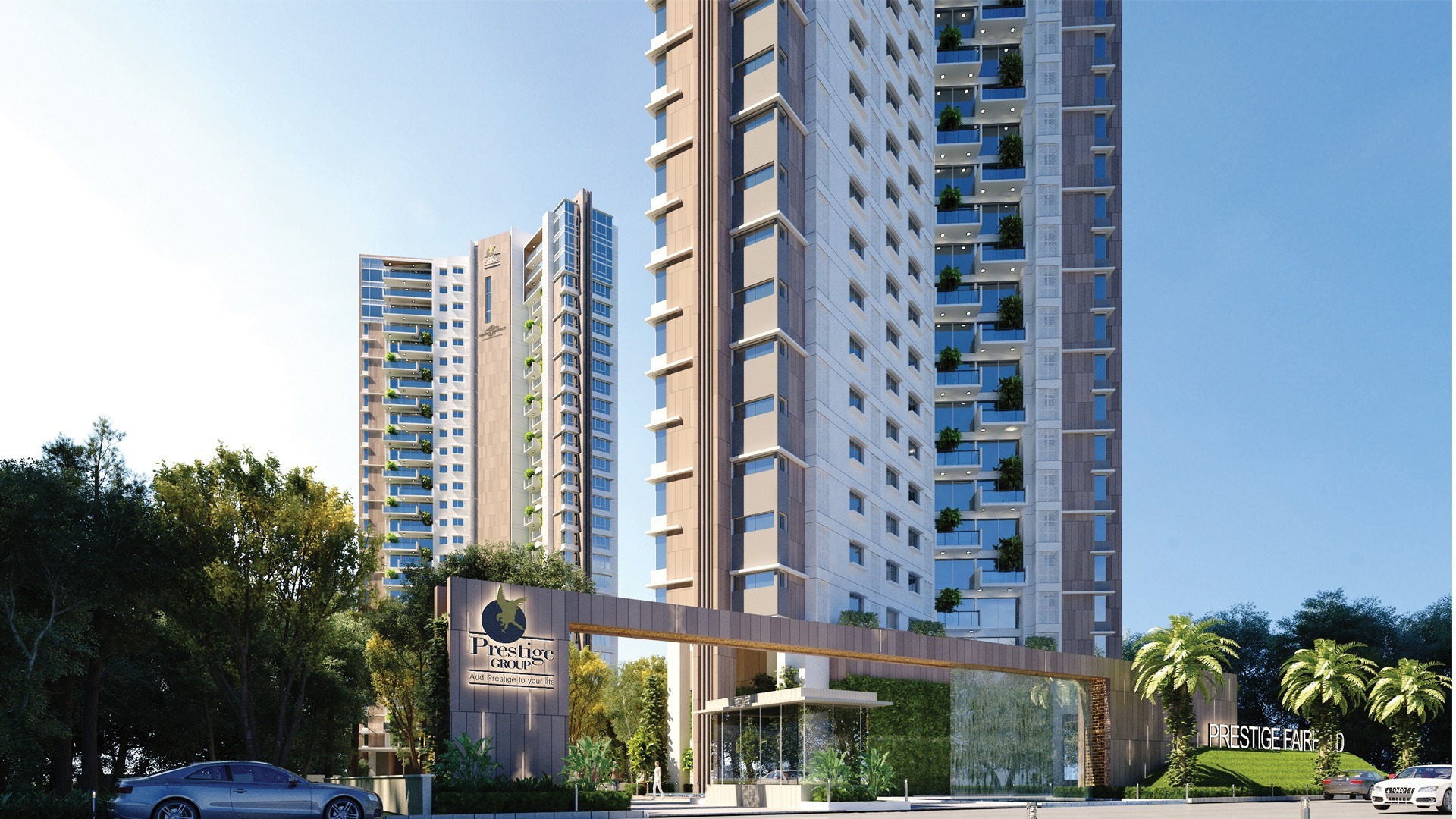There is nothing like the sinking feeling of discovering a major plumbing issue in your home. From clogged drains to burst pipes, these problems can quickly turn into costly nightmares.
One common solution for addressing plumbing issues is rerouting the pipes instead of fixing them directly. This involves redirecting the water flow through new routes, which may require extensive work and materials. But just how much does it cost to reroute plumbing?
As homeowners, it is important to be aware of this potential expense and understand what factors can influence the final price tag. I will delve into the various costs associated with rerouting plumbing and provide some helpful tips on saving money while still getting quality work done.
What is the True Cost of Rerouting Plumbing?
The cost of rerouting plumbing can vary widely based on the project’s complexity and regional labor rates. On average, homeowners can expect to spend between $1,000 and $3,000 for a basic rerouting job.
This estimate typically includes materials, labor, permits, and minor repairs. The cost can rise significantly for more complex projects involving extensive rerouting, structural modifications, or high-end materials, reaching $5,000 or more.
Unforeseen issues or additional requirements can further impact the total expense, so budgeting for potential contingencies when planning your plumbing rerouting project is advisable.
Factors That Influence the Cost of Rerouting Your Plumbing
Several factors can influence the cost of rerouting plumbing in your home. Understanding these can help you anticipate expenses and plan your budget effectively. Here are the key factors:
The Complexity of the Job:
The complexity of rerouting plumbing significantly impacts the cost. Simple rerouting tasks are less expensive, while complex jobs involving multiple fixtures, extensive pipework, or challenging access points can be more costly.
Type of Plumbing System:
The type of existing plumbing system (e.g., copper, PEX, PVC) affects material costs and labor requirements. A Plumbing takeoff service can help you accurately estimate these factors. For example, copper plumbing systems are typically more expensive and require specialized skills to install, whereas PEX systems are more flexible, easier to work with, and generally less costly.
Materials Required:
The cost of materials for plumbing projects, including pipes, fittings, connectors, and insulation, varies based on the specific type and quality chosen. Opting for high-quality or specialized materials may lead to an uptick in the total expenses incurred during the project. It’s important to weigh the benefits of these materials against the additional cost they may entail to make informed decisions about your plumbing needs.
Labor Costs:
Labor costs are influenced by various factors, including the intricacy of the task at hand, the dynamics of the local labor market, and the plumber’s level of experience. For instance, projects involving complex rerouting may necessitate the engagement of highly skilled labor, consequently resulting in elevated costs.
Accessibility and Location:
The ease of access to the plumbing system influences the cost. Rerouting pipes behind walls, in ceilings, or under floors may require more labor-intensive work and could increase the cost due to the need for additional repairs or modifications.
Permits and Regulations:
Obtaining permits and ensuring compliance with local building codes can significantly impact project costs. These costs include the permit fees, inspection expenses, and the additional resources required for meeting regulatory standards and ensuring adherence to specific building requirements. It is crucial for project planners to meticulously account for these factors when budgeting for construction projects, as overlooking them could lead to delays, fines, or even project halts.
Existing System Condition:
The condition of the existing plumbing system can affect costs. Additional repairs or replacements may be necessary if the current system is outdated, damaged, or corroded, increasing the overall expense.
Impact on Other Systems:
Rerouting plumbing within a building can significantly impact interconnected systems like heating or cooling. This adjustment may necessitate further modifications or repairs to ensure seamless functionality across all systems. Consequently, these additional tasks can increase the overall cost of the project.
Unforeseen Issues:
Unexpected issues, such as hidden damage or structural challenges, can arise during rerouting. Addressing these unforeseen problems can result in additional costs beyond the initial estimate.
Cleanup and Restoration:
The cost of repairing and restoring areas affected by the rerouting work, including tasks like patching up walls, ceilings, or floors, should be factored into the total cost to ensure a comprehensive financial plan that covers all necessary expenses.
By considering these factors, you can better estimate the potential costs of rerouting your plumbing and make informed decisions about your project.
How to Get Accurate Estimates for Rerouting Plumbing in Your Home
Obtaining accurate estimates for rerouting plumbing involves carefully ensuring you understand the full scope and costs involved. Here’s a step-by-step guide to help you get precise estimates:
Define the Scope of Work:
Clearly outline the details of the plumbing rerouting project. Specify what needs to be changed or relocated, including fixtures, pipes, and associated systems. A well-defined scope helps contractors provide more accurate estimates.
Provide Detailed Information:
Share detailed information about your plumbing system and the desired changes with each contractor. If available, provide access to blueprints or diagrams. The more detailed the information, the more accurate the estimate will be.
Request a Site Visit:
Ask contractors to visit your home to assess the site and plumbing setup. An on-site evaluation allows contractors to identify potential challenges and provide a more accurate estimate based on the actual conditions.
Understand the Breakdown of Costs:
Request a detailed breakdown of each contractor’s costs, including labor, materials, permits, and any additional fees. A clear breakdown helps you understand where your money will be spent and compare estimates more effectively.
Ask About Material Costs:
When discussing the types of materials for a project, it is important to inquire about their specific properties, durability, and aesthetics. Understanding the characteristics of different materials, such as their longevity, eco-friendliness, and maintenance requirements, can greatly impact the overall cost and quality of the final result.
Consider Labor Costs and Timeframes:
Evaluate the estimated labor costs and the projected timeframe for completing the project. Ensure the estimate includes an accurate timeline and that labor costs align with the job’s complexity.
Check Contractor Credentials:
Verifying each contractor’s credentials, licenses, and insurance is a crucial step in the process. Ensuring that the contractors are qualified and reputable can significantly reduce the likelihood of encountering issues down the line. Rest assured that the workmanship will be of the highest quality.
Discuss Potential Challenges:
Ask contractors about potential challenges or unforeseen issues that might affect the cost. Understanding possible complications and their impact on the estimate helps you prepare for unexpected expenses.
Review and Compare Estimates:
Compare the estimates you’ve received, considering the total cost and the level of detail provided. Look for discrepancies and assess which estimate offers the best value based on the scope of work and contractor qualifications.
Clarify Payment Terms:
Communicating with each contractor individually is crucial to ensuring clarity on payment terms and conditions. This includes confirming the deposit requirements, discussing the payment schedule in detail, and being aware of any potential additional charges that could arise throughout the project. Having these discussions upfront allows both parties to align expectations and avoid misunderstandings during the project timeline.
By following these steps, you can obtain accurate and comprehensive estimates for rerouting plumbing in your home. This will allow you to make an informed decision and ensure that the project is completed within your budget.
To read more articles visit Worldofblogs
Conclusion
I have explored various factors influencing the cost of rerouting plumbing in your home or building. We learned about the different types of plumbing systems and how their complexity can impact the overall cost. But most importantly, we learned that prevention is key when it comes to plumbing. Regular maintenance and timely repairs can save you from costly rerouting projects. If a reroute is necessary, always get multiple quotes from reputable plumbers and carefully weigh your options before deciding. Plumbing may not be the most glamorous topic, but knowing how much it costs to reroute your pipes could save you a lot of headaches and money in the long run. Remember, knowledge is power!




